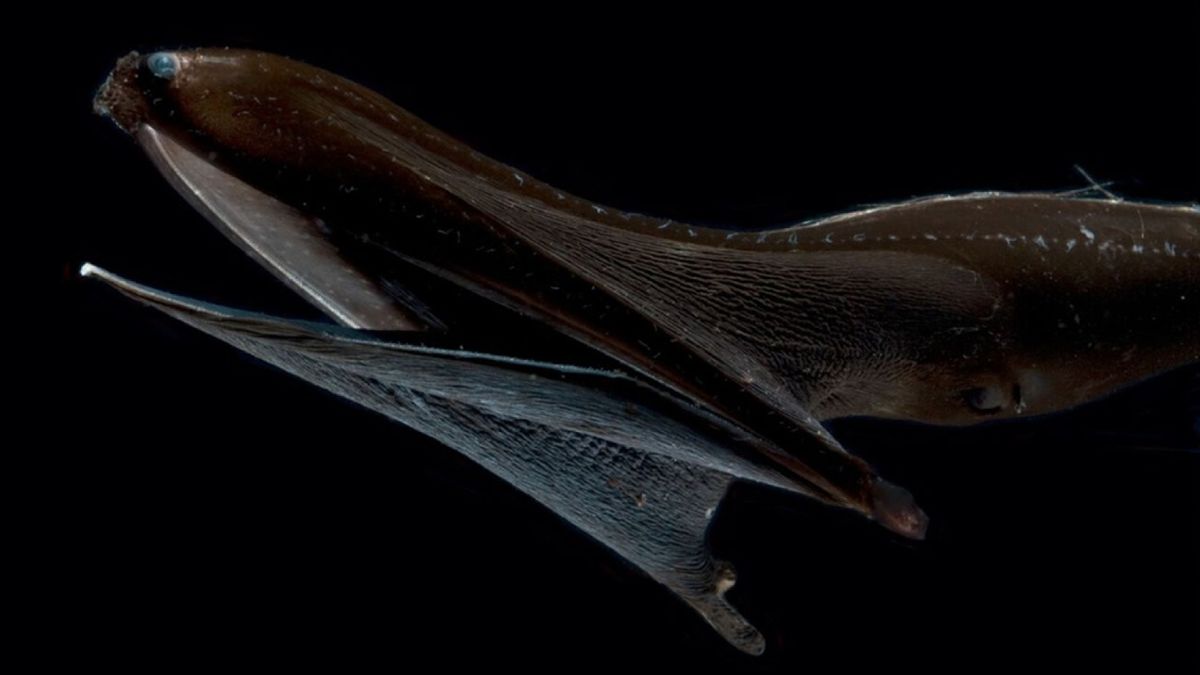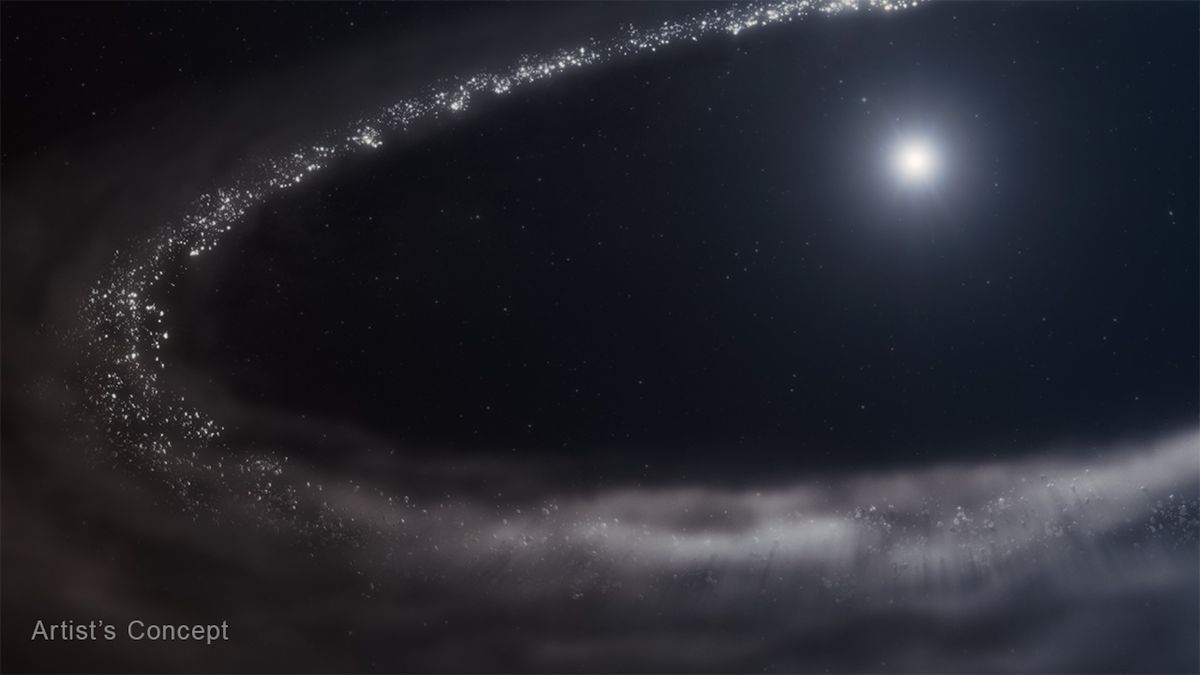Now Reading: Pelican Eel: Deep-Sea Predator with a Giant Swallowing Mouth
-
01
Pelican Eel: Deep-Sea Predator with a Giant Swallowing Mouth
Pelican Eel: Deep-Sea Predator with a Giant Swallowing Mouth

Swift Summary:
- The Pelican eel (Eurypharynx pelecanoides) lives in deep ocean regions, typically at depths of 1,600 to nearly 10,000 feet.
- It eats crustaceans, fish, squid, and other marine invertebrates by engulfing prey larger than its body using its elastic jaw and pouch-like mouth.
- This eel is about 3.3 feet long and has ultra-black skin that absorbs nearly all light for camouflage in the dark ocean depths.
- Key features include a huge hinged jaw (about one-quarter of its body length), tiny eyes, small teeth, no scales or swim bladder (limiting buoyancy regulation), and reduced pectoral fins that are barely visible.
- Being a poor swimmer and hunter, it relies on opportunistic predation.A photophore on its tail emits pink or red light as a lure to attract prey.
- Its stomach can stretch substantially to accommodate large meals; scientists observed the stomach distended after consuming what appeared to be a squid off Costa Rica in 2023 during deep-sea exploration.
- Mature males lose teeth and their weakened jaws but develop enhanced olfactory organs for mate identification.
Indian Opinion Analysis:
The unique traits of the pelican eel illustrate nature’s adaptations for survival under extreme conditions such as those found within the deep sea’s “midnight zone.” This opportunistic predator exemplifies resilience despite limited mobility or hunting abilities. while intriguing globally from a biodiversity standpoint, such creatures indirectly highlight india’s own marine research needs comprehensively exploring deep-sea ecosystems given vast southern-coastal areas! Studying adaptive mechanisms amongst Indian-Ocean species enrich perspectives tracking ongoing eco-evolutionary dynamics within rapid-climate-changing scientific affairs breaking ground ensuring conservation-driven awareness policies ably inspired rooting-depth beyond headlines achievable government Research-Projections-worthy aiming graph-newfrontier inclusion-checklist…vature Sources reference linked interactions zoological breadcrumbs tent network treasury unlocking horizon potential Read More via LiveScience.

























